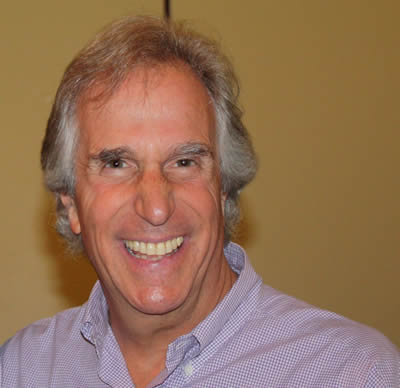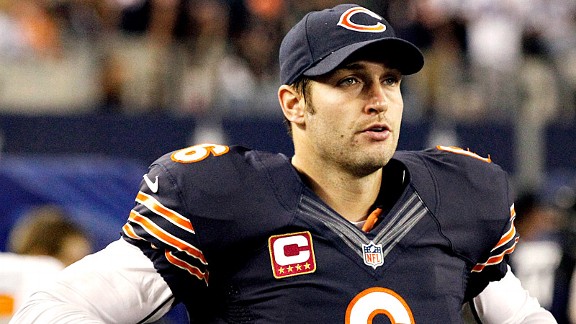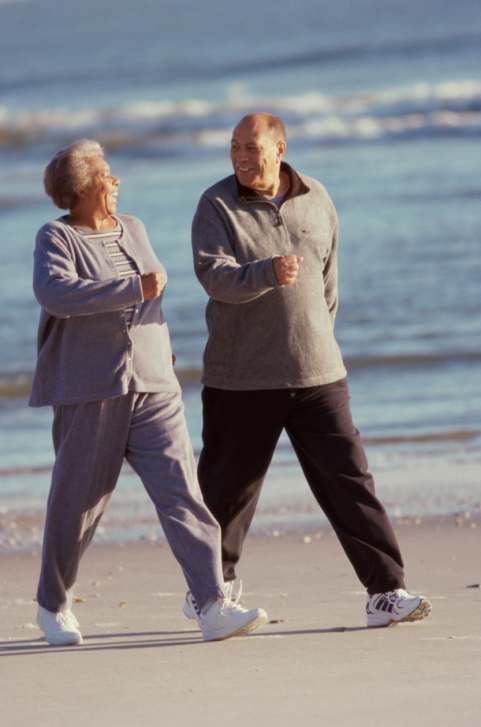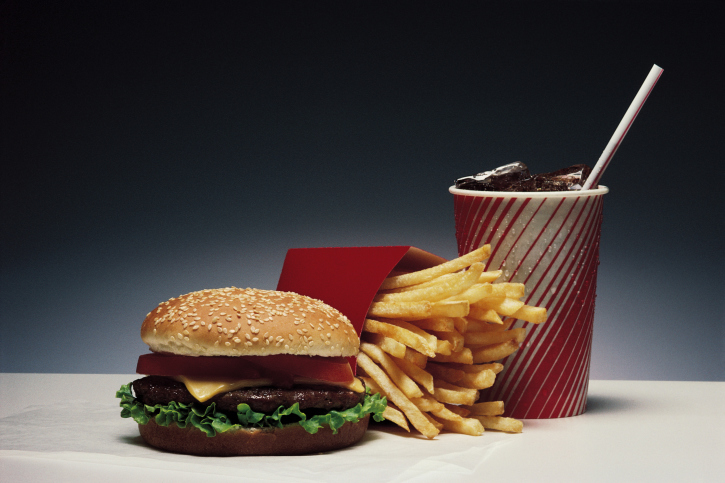Charlie Kimball: Diabetes in the Fast Lane
Recent Update on Charlie Kimball – WHAT CHARLIE IS UP TO NOW
Charlie Kimball, IZOD IndyCar Series racecar driver since 2011, and diabetic since 2007, is gaining more success recently. In 2013, Kimball debuted in his first 24 Hours of Daytona competition he was on the winning team. On August 14, 2013, he joined the Honda Indy 200 and won his first ever IndyCar race. Since receiving a diagnosis for diabetes, Charlie Kimball has become an advocate and avid supporter communities, families, and friends with diabetes. In the “Race with Insulin Crew,” he expressed his passion to help others and change their lives with his story. On November 14, 2013, World Diabetes Day, Kimball participated in activities in Harrisburg at the Pennsylvania State Capitol.
CHARLIE KIMBALL
Charlie Kimball is living his dream. He is a professional race car driver now competing for a title in the Firestone Indy Lights Championship. If Charlie is successful at this stage, his next stop could be the Indy 500 Race Circuit. Clearly, diabetes hasn’t slowed him down.
Even though he is only 24, Charlie has been at his craft for more than a decade. Charlie started racing go karts at age 9 as a way for him and his father to spend time together and enjoy each other’s company. His father is a mechanical engineer who designs race cars, so for Charlie, open wheel racing was a big part of his childhood and became his greatest passion.
When Charlie graduated from high school, he had the opportunity to move to England and continue racing cars, but it meant deferring his admission to Stanford. His parents, however, were supportive.
DIAGNOSIS ABROAD
It was in England on October 16, 2007, that Charlie was diagnosed with diabetes during a routine checkup. Charlie told the doctor that he had been drinking water constantly, up to 6 bottles of water a night. He was going to the bathroom very frequently and had lost a lot of weight in the previous couple of weeks. After some more questions and some blood work, the doctor confirmed that Charlie had diabetes. Charlie was understandably very shaken, and the next day, he saw an endocrinologist to ask the most important question: “Could he continue driving race cars?”
The doctor reassured Charlie that he would be able to get back into racing. He explained that world-class athletes with diabetes around the world were accomplishing amazing things, and professional race car drivers shouldn’t be any different.
In an interview, Charlie said, “At that point, my world stopped spinning out of control, and I had a road to walk down to get healthy again, to get back in the race car and to keep chasing my dream. And now when I tell people I was diagnosed with diabetes, the common response is, ‘Oh, I’m sorry to hear that.’ And I’m not! I think I’m a better athlete, a stronger competitor and a better person than I was before. I enjoy every moment in the race car even more because I almost lost it. So every time I drive the car, the passion is stronger than it ever has been.”
DIABETES TOOLS FOR THE ROAD
Per the suggestion of Dr. Anne Peters, Charlie’s endocrinologist at the University of Southern California, whom he calls “the crew chief of his healthcare team,” Charlie wears a continuous glucose monitoring system with a sensor on his body, and he uses Velcro to attach the readout to the steering wheel. This way, he can keep track of his glucose levels during a race.
As a safety measure, if those numbers are falling more aggressively than Charlie wants, he has a beverage bottle mounted in his car with a tube that runs to his helmet. In an emergency, that allows him to drink orange juice or some other glucose-rich sports drink if needed to boost his blood glucose during a race.
His first race back after he was diagnosed with diabetes was in April 2008 in Germany. Charlie finished second, which not only proved to him that he could still drive with diabetes, but that diabetes could have a positive effect on his racing.
“Diabetes was not going to get in the way; it was actually going to help me. I became more aware of how I felt not only in relation to my blood glucose numbers but also to my strength and my hydration and electrolytes, as well as all of the things that make up an athlete’s body. It allowed me to focus more on myself, and to be more aware of my body and make sure that I was in the best physical condition possible,” Charlie said.
EVERYDAY DIABETES CARE
On a non-racing day, Charlie tests his blood glucose about four or five times a day, but he is extra vigilant on race days. “On a race day, I’m almost paranoid about testing. I’ll test four to five times in the two hours leading up to the race. I’ll test two hours before, an hour-and-a-half, an hour, 45 minutes, a half-hour, 15 minutes, 10 minutes, 5 minutes, and then just as I’m pulling my gloves on.”
In addition to testing, Charlie takes his daily insulin, Levemir® and NovoLog®, using a pre-filled insulin pen called FlexPen®. The insulin pens are portable and durable enough to make it through the demands of his busy schedule. “When I’m packing to go to the race, I don’t have to worry about putting them in an inflated bag and then wrapping that bag up in clothes before putting it in my backpack. They’re easy to pack, easy to use and discreet. I am on the road a lot, eating out in restaurants, and I have no problem using them when I need to.”
Charlie blogs regularly on his racing website: www.charliekimball.com. The blog is all about taking care of his diabetes. One of his sponsors, Novo Nordisk, just launched a “Race with Insulin” Twitter profile, www.twitter.com/racewithinsulin, through which Charlie provides updates directly about his race progress and diabetes management. He wants to encourage people with diabetes to let nothing get in the way of their life’s dreams and goals. “My goal with these tweets is for people to be inspired to do a better job of managing their own healthcare from learning my story and from what I do.” Celebrities with diabetes can make it work without sacrificing their dreams and so can you!












